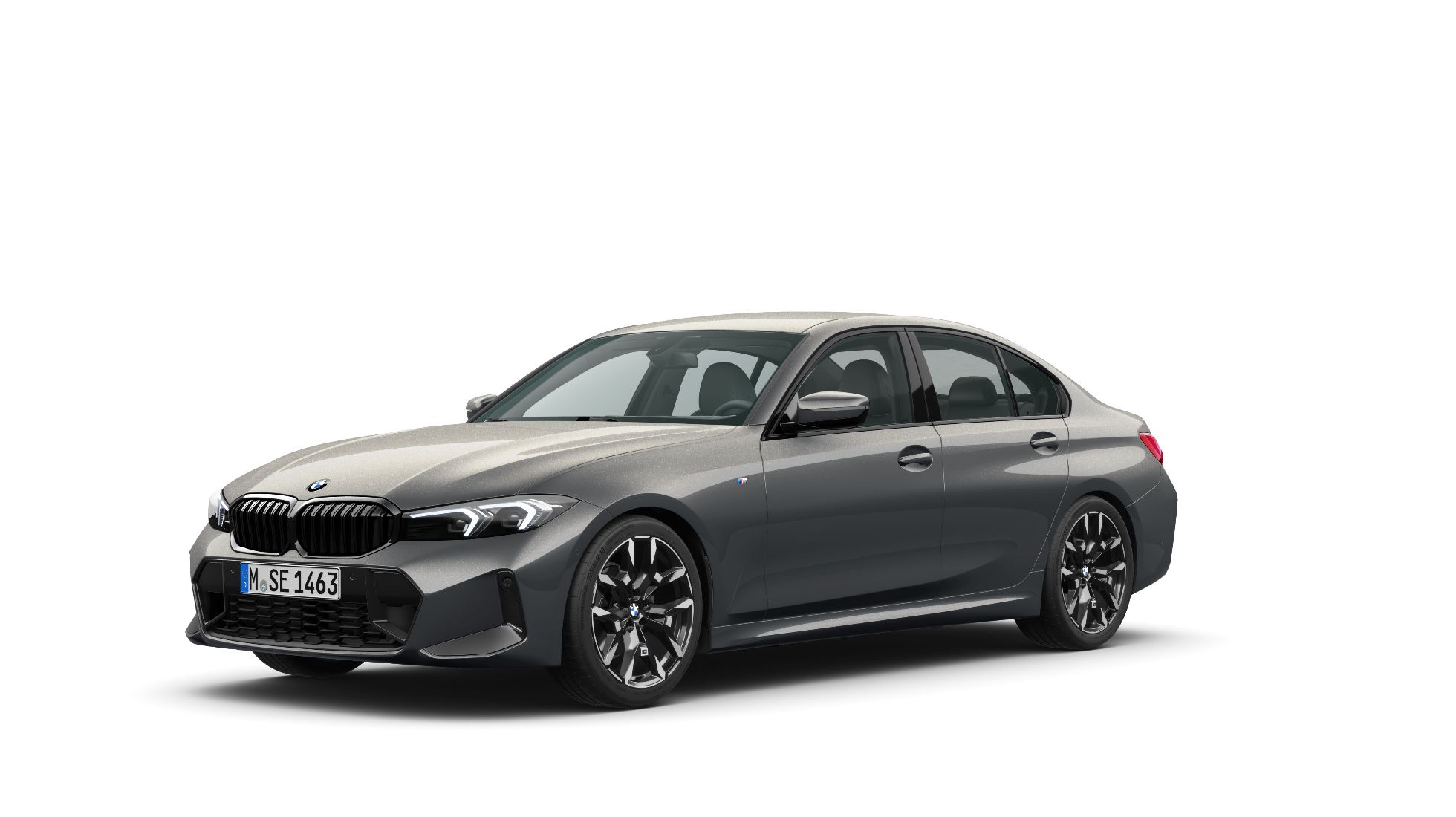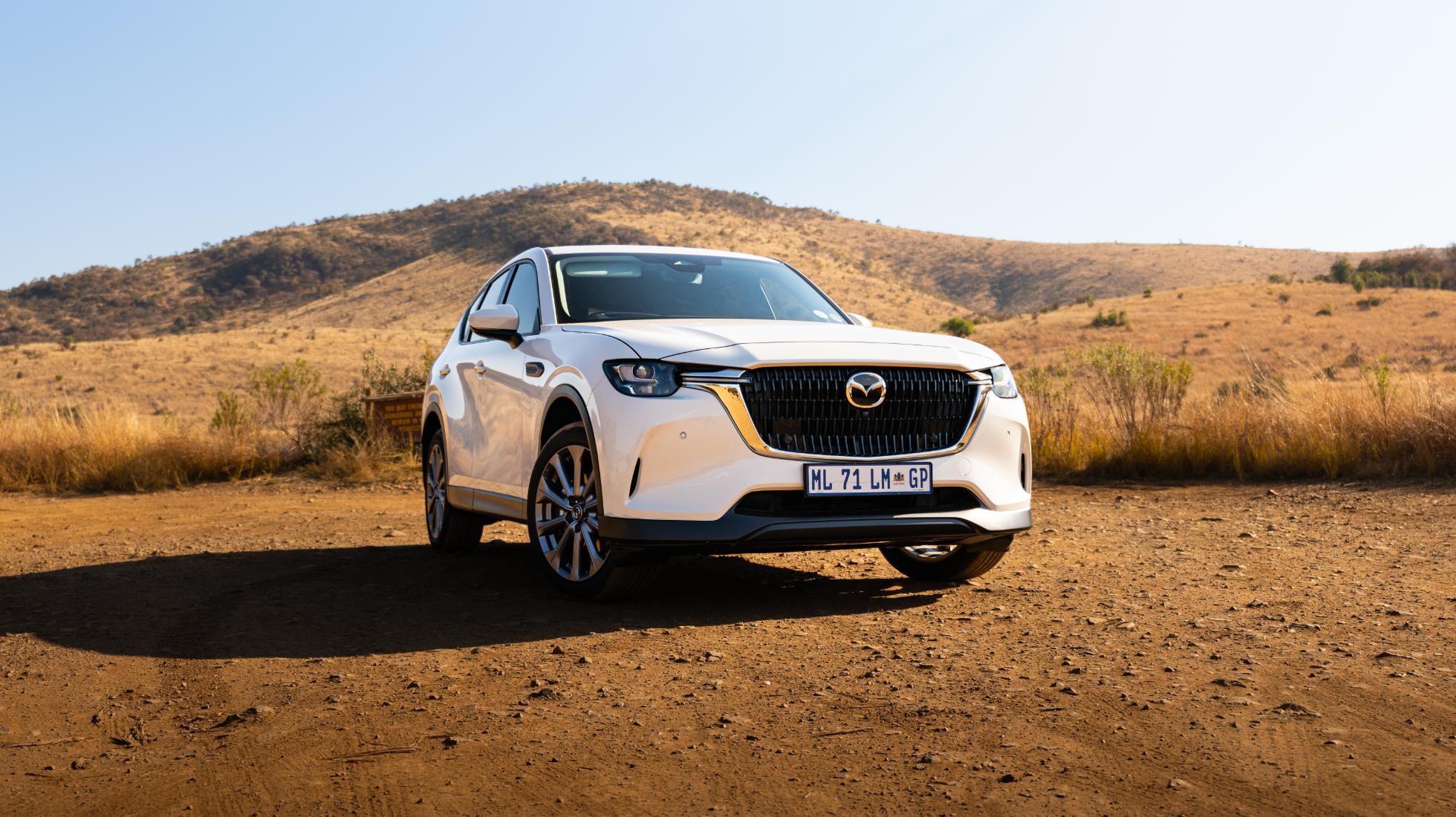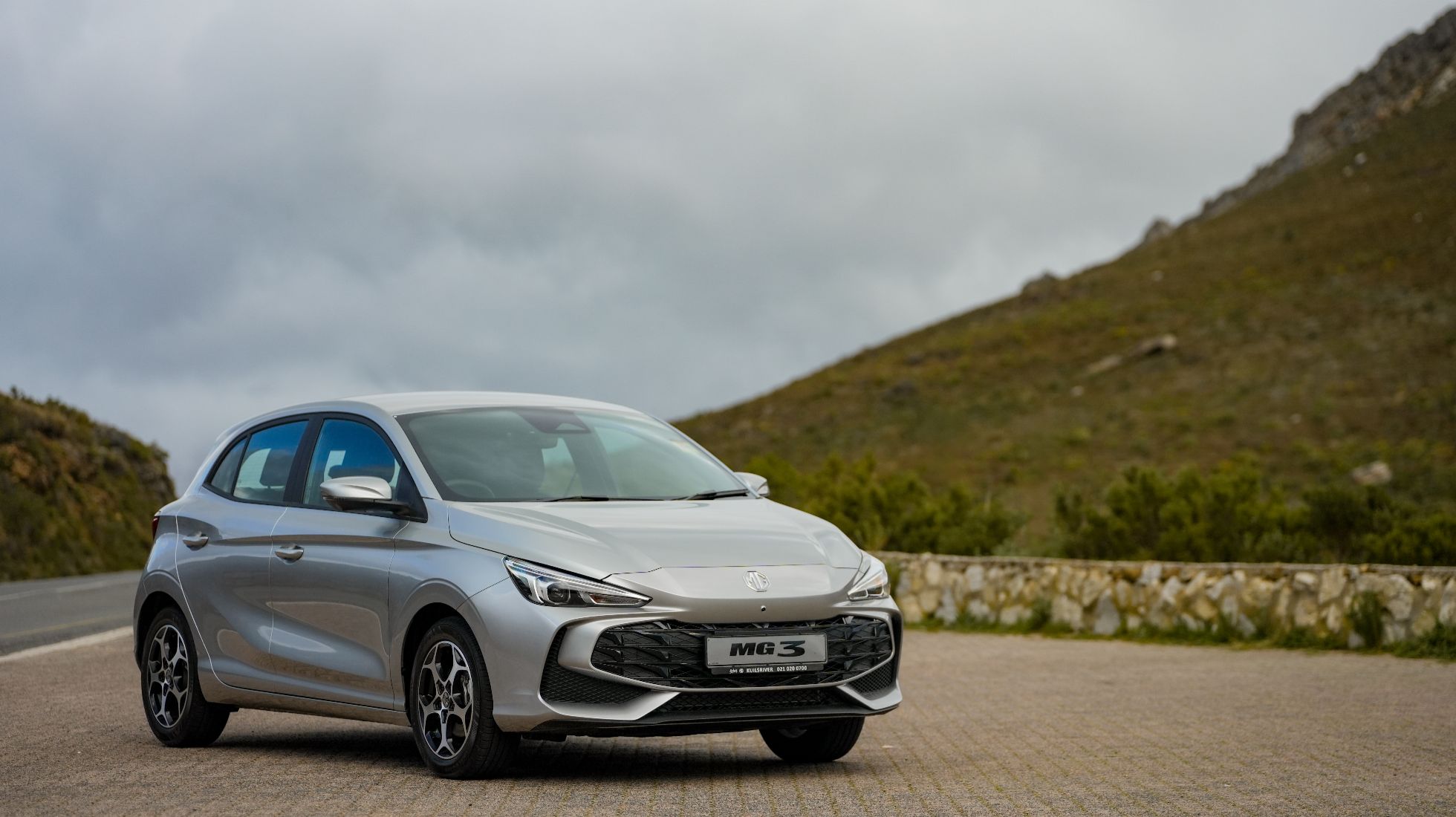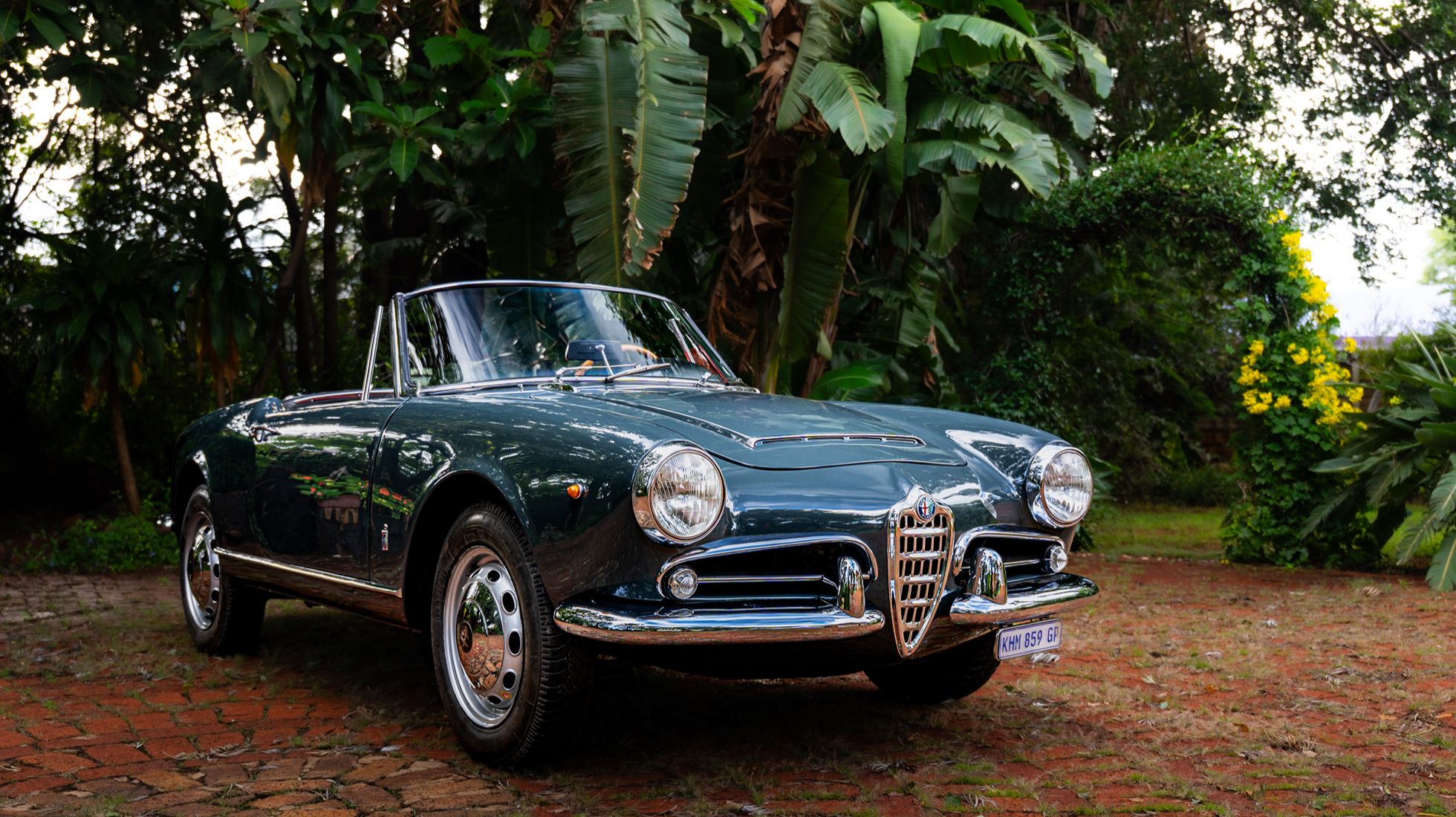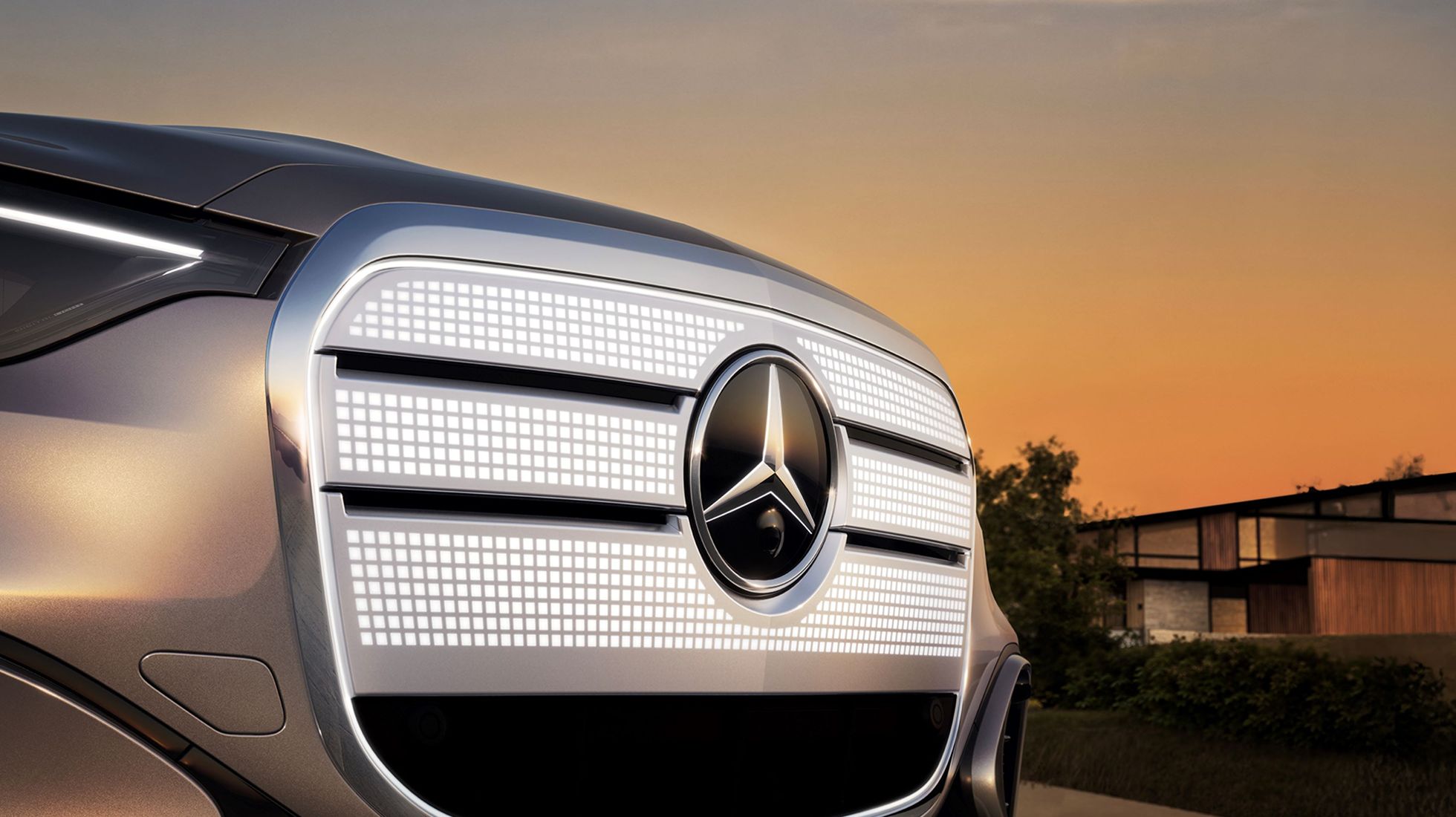First Drive: Ford Tourneo SWB Sport & Titanium X
KwaZulu-Natal provided the recent backdrop for Ford to launch its latest vans. They are called the Tourneo Custom Sport (yes, it’s a same, same, but different situation to the stripey Transit) and the Titanium X, which sits at the very top of the people-mover totem pole. As far as Ford’s products are concerned, that is.
What’s the diffs?
.jpg)
Firstly, it has a shorter wheelbase compared to the Active and Trend long-wheelbase derivatives (3,100mm vs 3,500mm), and while you’re technically paying more for less stretch, it has considerably more to offer. For one, the range-topper Titanium X is geared towards executive travel and offers a more clean-cut look with 19-inch multi-spoke wheels, a somewhat classier grille treatment and Matrix LED headlights.
The Sport, meanwhile, has those distinguished racing stripes flowing down the centre, a sports-inspired honeycomb grille, a sporty body kit, a rear spoiler (because vans need downforce too), and standard 17-inch wheels that can be upgraded to 19 inches. Take our advice and just go for the 19s already… The Tourneo Custom Sport, Ford says, is more geared for the individual who prioritises a dynamic look and is ‘constantly pushing the limits’. Because which exec wouldn’t want to be driven in this and seen as fun-loving…?
Interior?
.jpg)
Yep. It’s different from the base models here too. Like the Transit (that’s the panel van), it has a crisp and responsive 13-inch infotainment system booted by Ford’s SYNC 4 and features the usual Android Auto and Apple CarPlay connectivity. Unlike the Transit, it has 10 speakers.
Rather annoyingly, many vehicle features live inside the screen’s menu subsets. Mercifully, the climate control functions are arranged in a fixed strip of virtual buttons at the bottom of the screen and separated from the endless menu arrays. Drive modes are button activated, but automatic stop-start, for one, requires a dive into the menus and some patience to deactivate. Still, it’s a fantastic system that offers easy phone mirroring, good graphics, a reverse camera on Sport and a 360-degree surround view on the Titanium X.
Another nifty feature is the roof-mounted passenger-side airbag that frees up precious dash storage that’s big enough for an A4 folder or a smallish laptop.
.jpg)
Since the core purpose here is to move people in relative luxury, both models are 8-seaters with rows two and three living on a track and rail system. It can swivel and lift out of the tracks with relative ease depending on individual needs. As for seat trim, the Sport ships with cloth seats with blue accent stripes to mirror the exterior look, while the Titanium X adds leather seats.
Spec the optionally available Mobile Office pack, and the Tourneo gets better rear cab lighting, laptop and tablet storage between the seats and, interestingly, a rubbish bin. Ford will also avail a Lux Pack at a later date, which ups the speaker count to 14, adds ambient lighting, heated second-row seats and a gargantuan panoramic roof.
How does it drive?
.jpg)
Unlike a typical van. But first, and keeping with the seating arrangement theme, I sat in the back during a short stint to the airport, and while I don’t get paid for typically lounging in the back seat, and that aspect is considerably outside of my purview, I’ll just say that it’s a monumentally comfortable experience. There are no knee-rubs from other taller passengers in a back-to-front seating configuration with the Transit’s well-thought-out rear cabin, and it even has space to stow smartphones within easy reach.
So, the drive. And to reiterate my earlier sentiment, it doesn’t exactly drive like a van. Yes, there are obvious clues like the stumpy bonnet, though for the most part it matches SUV-like levels of driving comfort. It’s easy to manoeuvre around tight bends with a decently quick steering ratio while the suspension is supple in the way it absorbs bumps. Its vibration absorption is a welcome bonus thanks to the added weight of the seats since the Transit’s unloaded rear axle did result in some shuddering over less-than-perfect road surfaces.
On the flip side, the added comfort comes with a slight performance penalty. The Tourneo is powered by the same 2.0-litre turbodiesel engine coupled to an 8-speed auto ‘box that produces 125kW and 390Nm. It’s not sluggish, per se, but the inherent 425kg weight penalty the Tourneo Sport suffers over the Transit Sport is immediately evident, while the Titanium brings another 20kg of added luxury bloat. The responsiveness on the accelerator is immediately evident, while overtaking requires more consideration, especially with the 8-speed’s more hesitance to downshift. Dialling it into Sport mode helps the gearbox stay within its power band for longer but comes at a fuel economy penalty.
Compared to its peers, the Tourneo SWB falls into the lower sector of the power quadrant with VW’s Transporter at the top (146kW and 450Nm), followed by the Hyundai Staria (130kW and 430Nm), the Tourneo (125kW and 390Nm), and the Merc Vito 116 Tourer at 120kW and 380Nm.
Is this the best van of them all?
.jpg)
If your yardstick is outright power figures, then the Transporter and Staria are the ones to have. And while both have more power, they are also starting to show their age, particularly on a tech loadout front. There’s a new Transporter that is imminent, but for now, we can only point you to our overseas drive report, though that too wasn’t locally specific. We’ll have more news on that soon. That said, the Tourneo is the current shining star. Its premium SUV-like comfort makes it hard to ignore.
Sure, some functions are buried behind menus. And yes, it’s somewhat down on power compared to its segment. But if you can look beyond these minor shortcomings and see the Tourneo for the exceptionally comfortable and fit-for-purpose people carrier it is, it makes a compelling argument for itself as arguably the best-rounded people carrier in its class.

.jpg)
.jpg)
